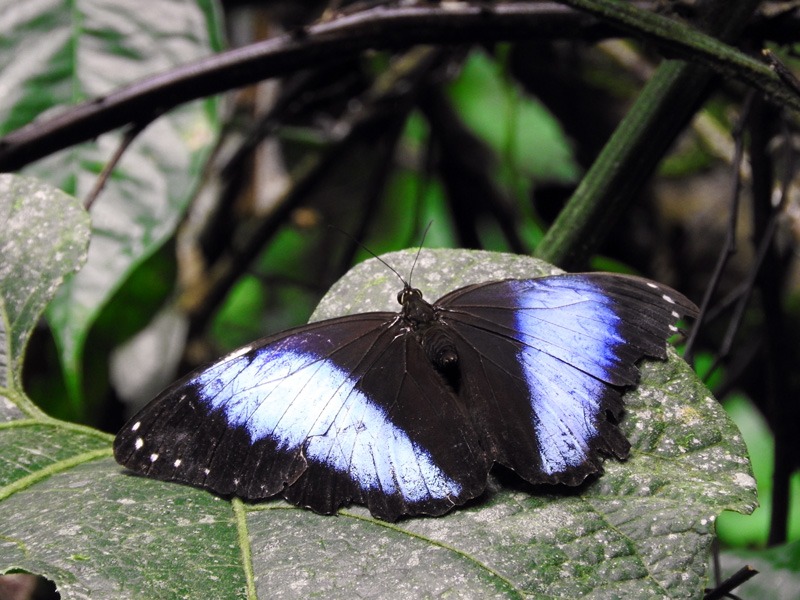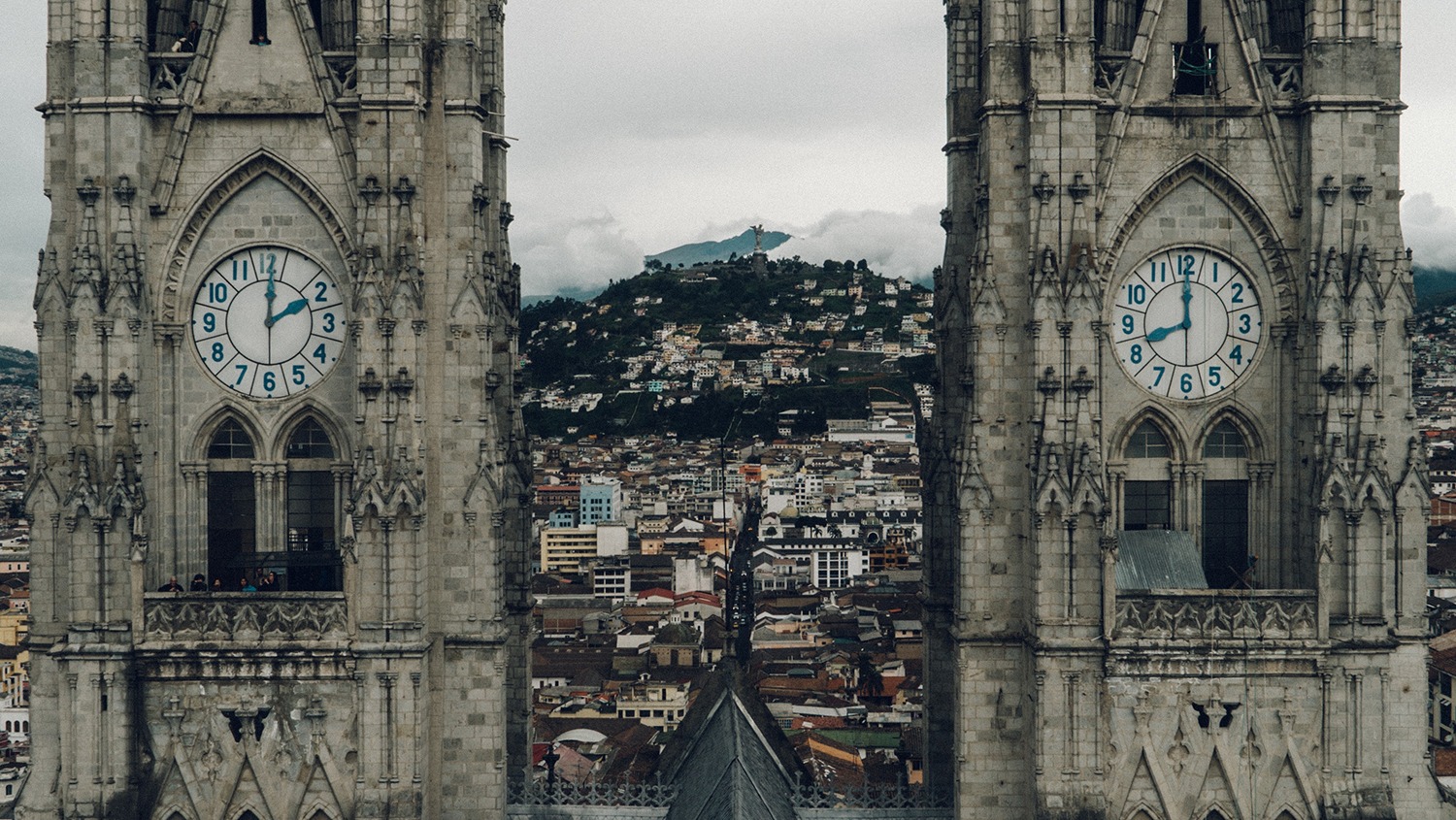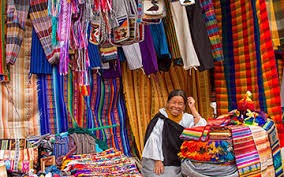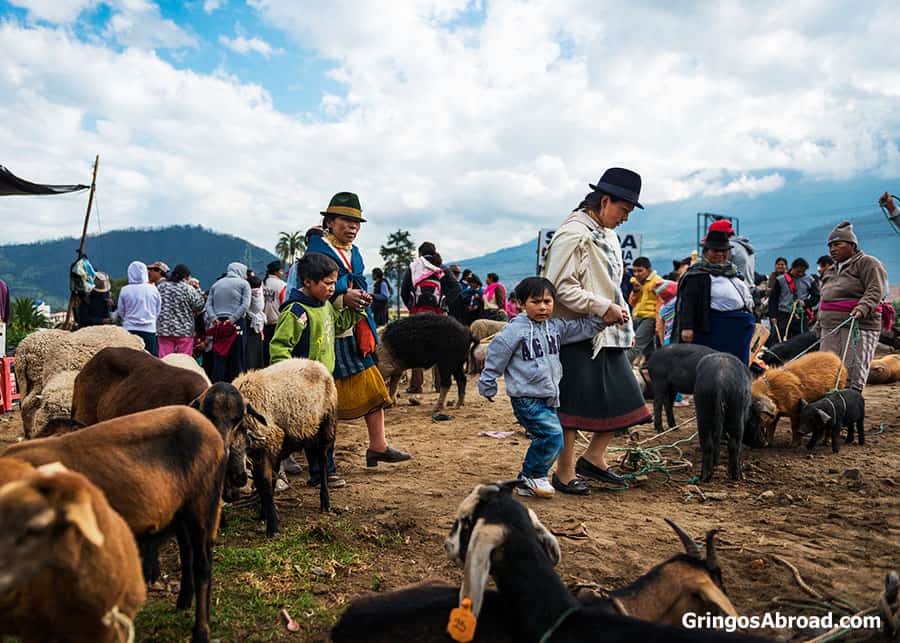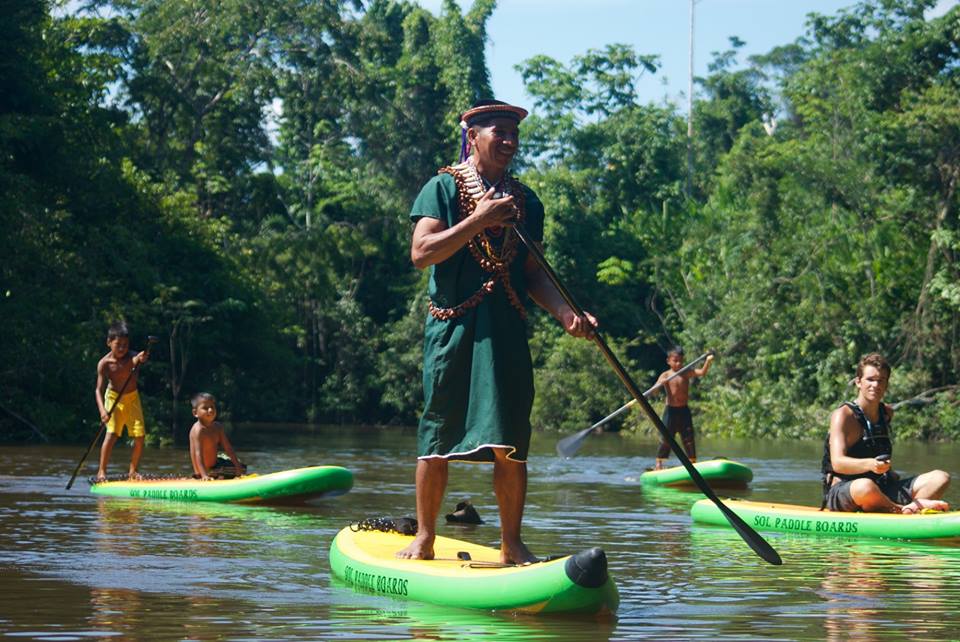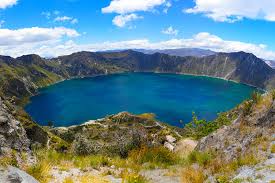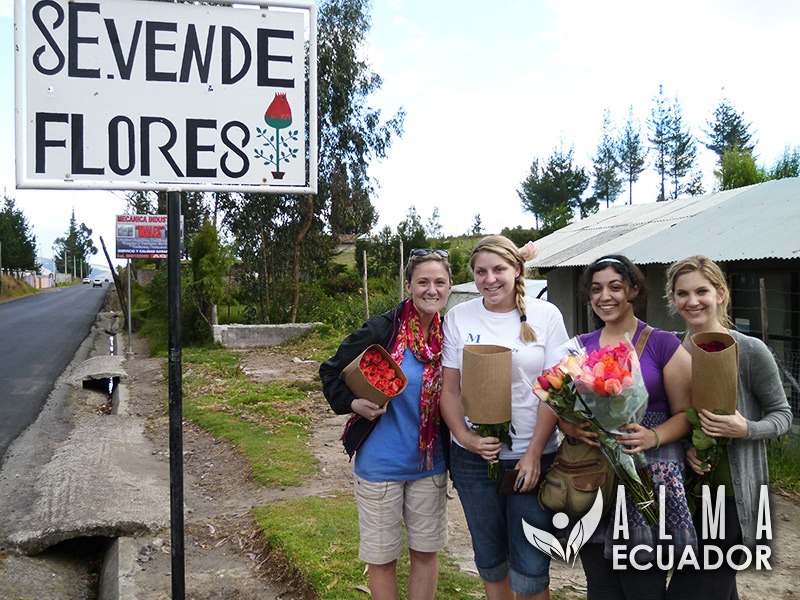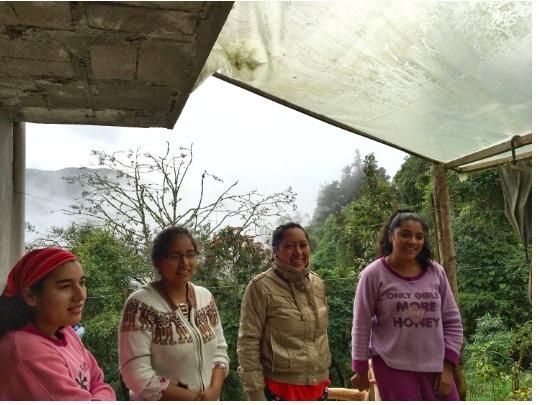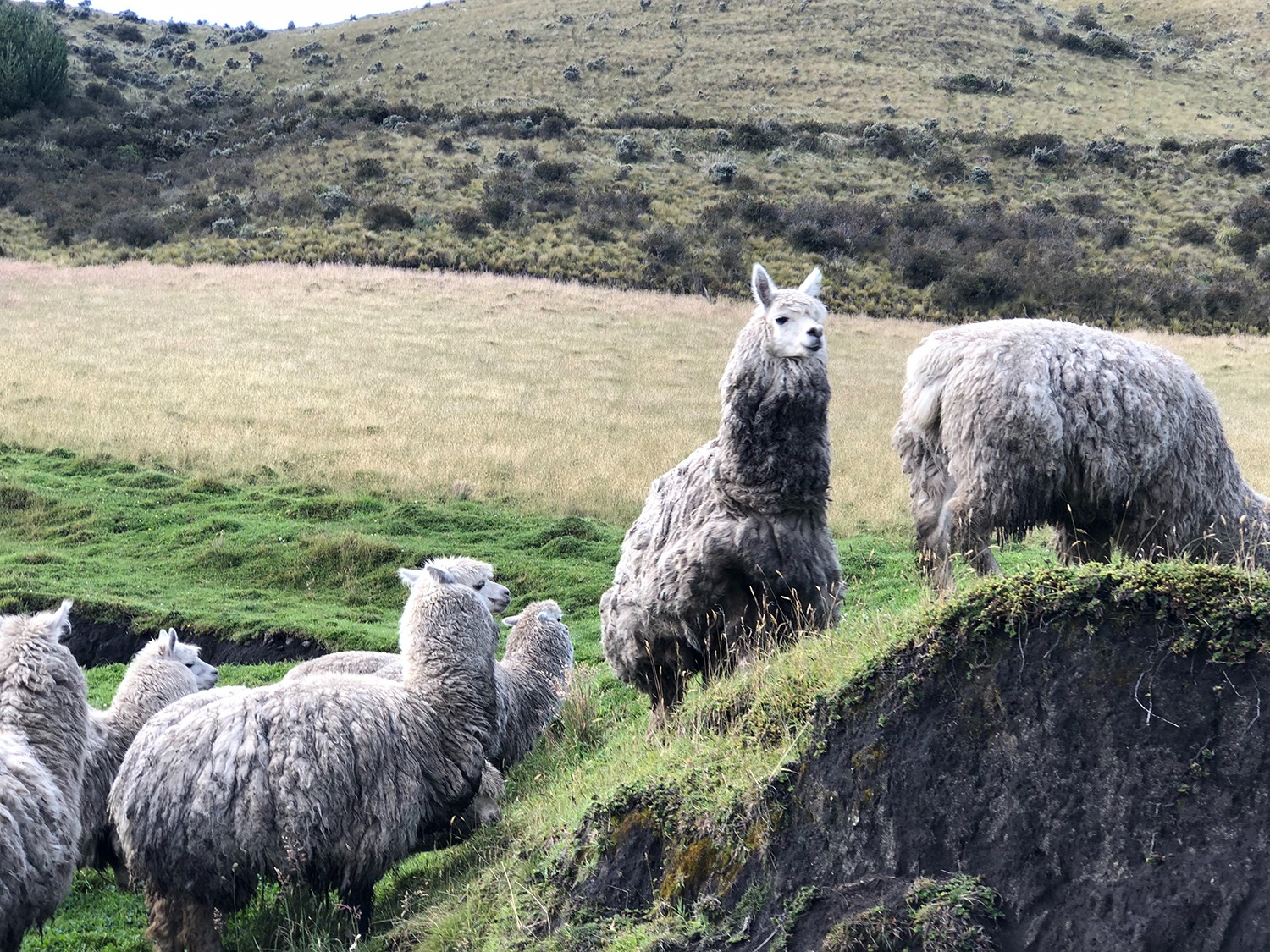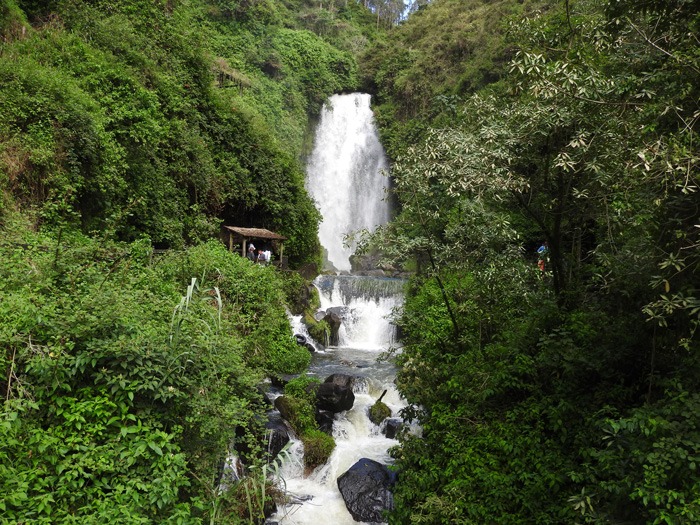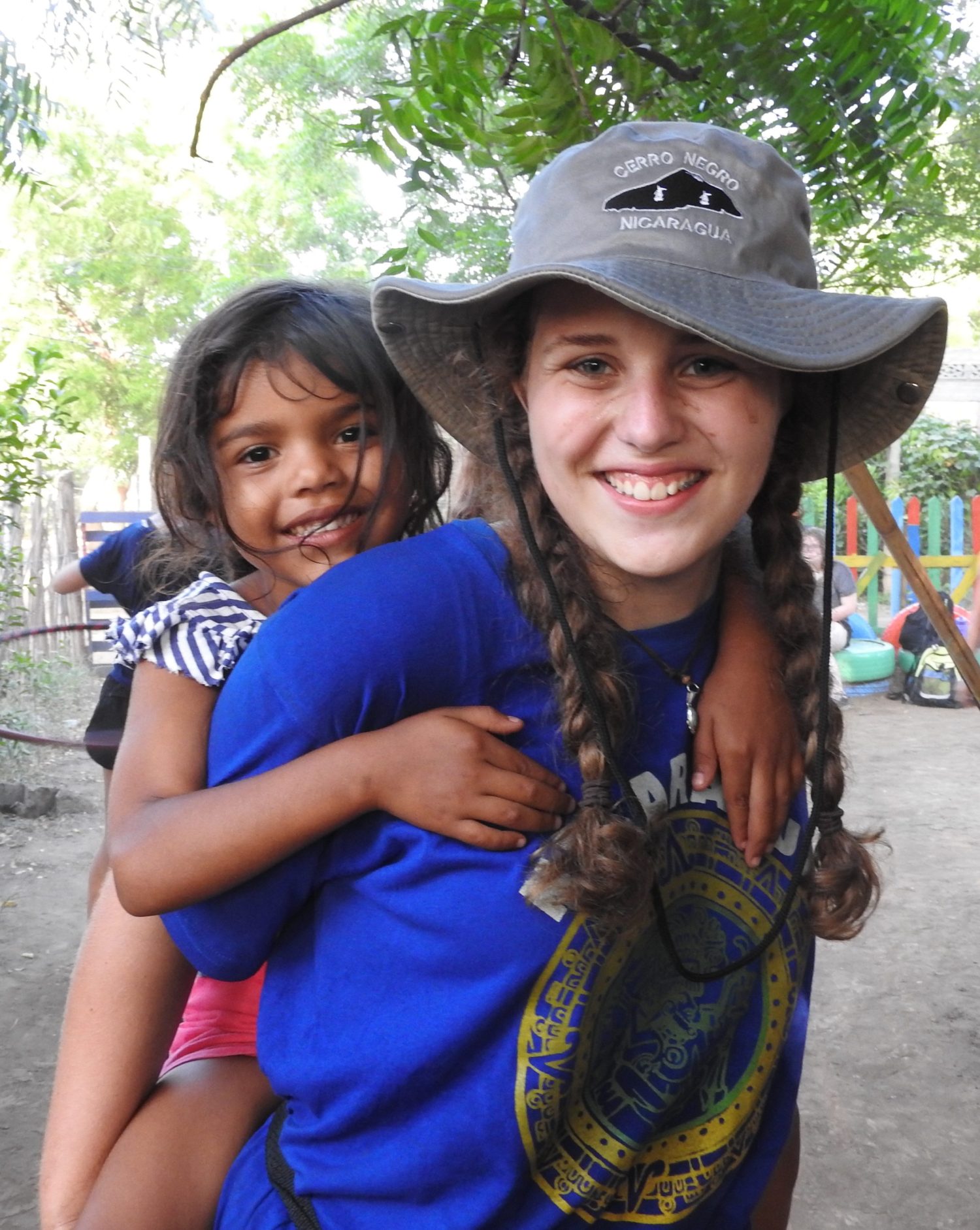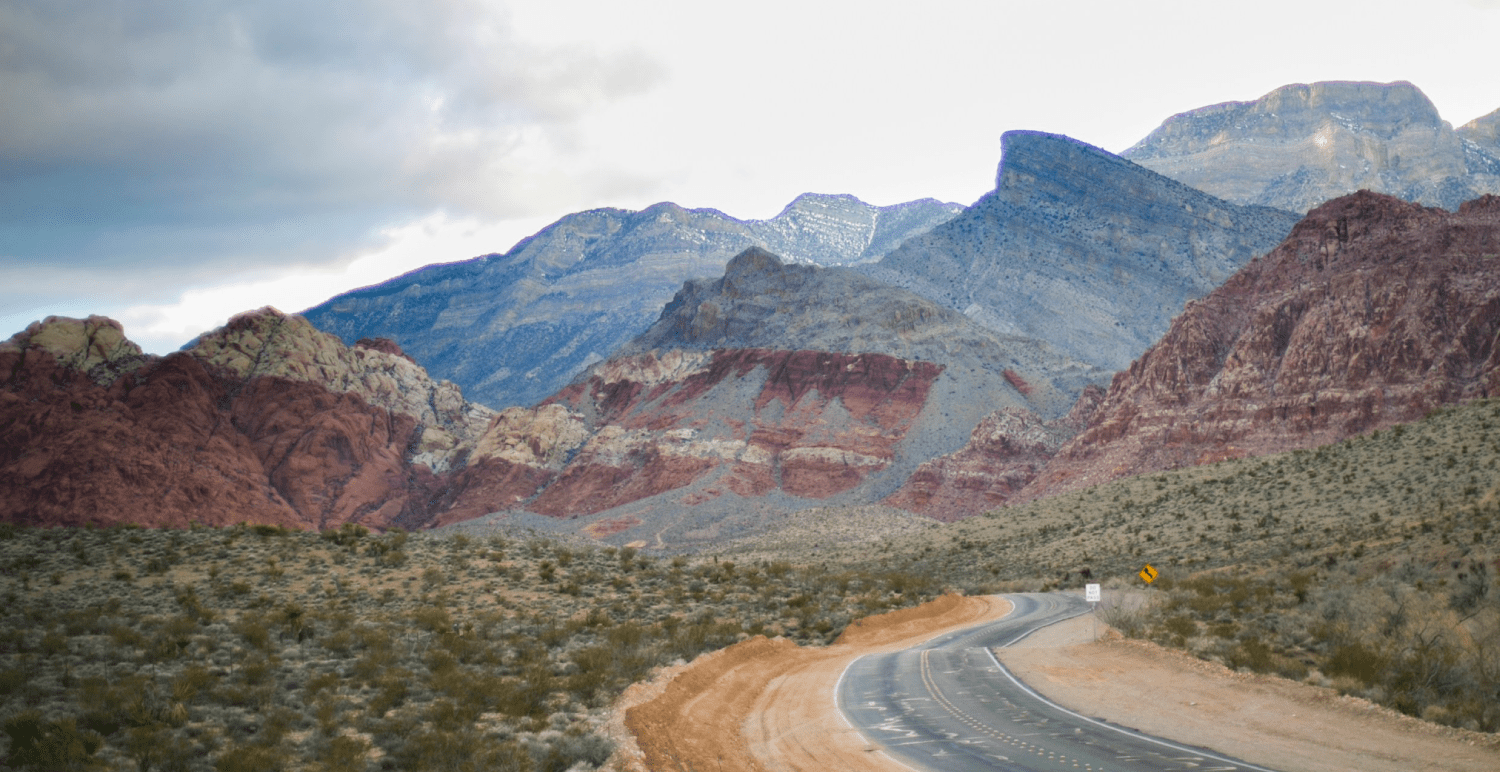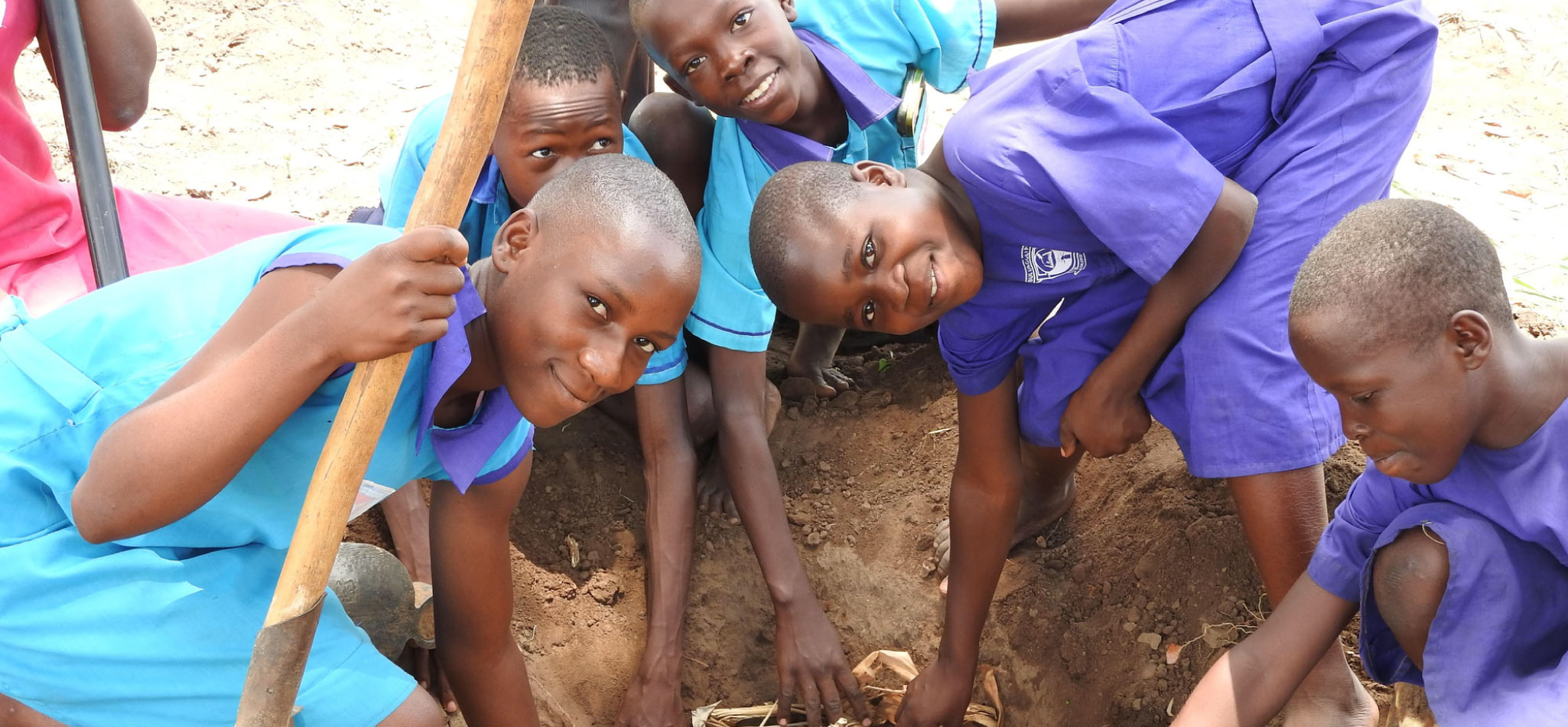Ecuador located on the equator on South America’s west coast is known for its varied eco-systems, diverse cultures, rich history, marine wildlife and friendly people. In just this one country, you will find the Amazon rainforest, where indigenous people still live their traditional lifestyles, the Andean mountains complete with glacial volcanoes, the marine wildlife-rich Galápagos Islands, made famous by Charles Darwin, and Quito, the historical center capital known for its largely intact Spanish colonial center, with decorated 16th- and 17th-century palaces.
Compact and diverse, Ecuador is like a tasting menu for South America where you may find yourself in the jungle in the morning and at the foot of a glacier by the evening.
Highlights
-
3 days Teaching at a primary school in an underserved primary school in Quito
-
5 days with the Calacali community in the Cloud Forest
-
4 days in Sinchi Warmi community in the Amazon
-
City tour: Mitad del mundo, visit the Equator, Compania Church and The Basilica
-
Teleferico Gondola ride and tour
-
Otavalo boat ride and market visit
-
Peguche waterfall
-
Quilotoa trip, hike the 3 mile wide water-filled caldera in the Ecuadorian Andes
-
Mindo: artisanal chocolate tour and waterfall visit
-
Papallacta Hot Springs
-
Salsa lesson
-
Cooking lesson
Sample Itinerary: 20 days
| Day | Activity |
| QUITO | |
|
1 |
|
|
2 |
|
|
3 |
|
|
4 |
|
|
5 |
|
| CALACALI | |
|
6 |
|
|
7 |
Community Activity:Participate in the production of cheese, jam, and handicrafts or get involved in forestry activities or organic farming |
|
8 |
Community Activity: Hike on trails through the cloud forest and the visit “Los Culuncos”, Historic Pre-Incan routes. |
|
9 |
Community Activity: Finish up as needed, nocturnal cloud forest hike, see if you can spot bears and fox and other wildlife |
| QUECHUA COMMUNITY | |
|
10 |
|
|
11 |
|
|
12 |
|
|
13 |
|
| MISAHUALLI | |
|
14 |
|
|
15 |
|
|
16 |
|
|
17 |
|
| QUITOLOA & BANOS | |
|
18 |
|
|
19 |
|
|
20 |
|
Community
Teaching at a primary school in an underserved primary school in Quito
Volunteers are needed to help teach English in public elementary schools in Quito. Some schools have only one teacher per 200 students, teaching English grades one through seven every day. Besides the regular classes, volunteers may be asked to assist teachers in other subjects such as computers and art classes.
- Monday to Friday 8:00 am to 12:30 pm
- Assist the local English teacher with student´s vocabulary, pronunciation and conversation Help correct student’s daily homework
- Organize activities using games and songs
- Be available for English conversation with other teachers in the school
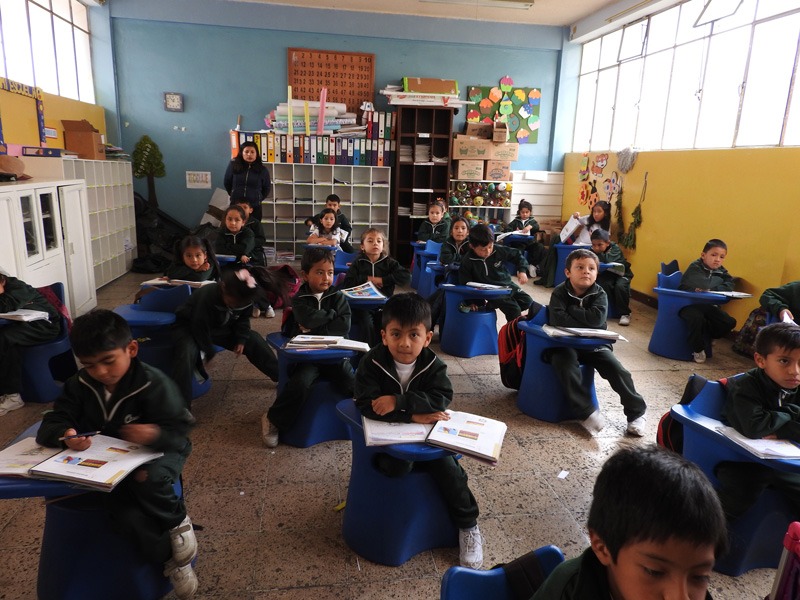

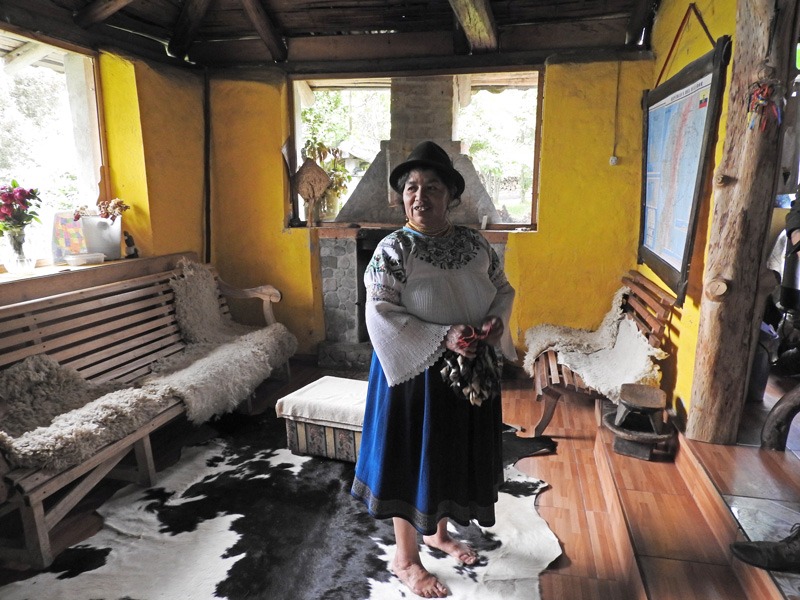
Community in Calacali
The small mestizo farming community is located one hour northwest of Quito, in the district of Calacalí, in a cloud forest zone 8,694 feet above sea level. The community started a project to improve the quality of life through the appropriate management of natural resources and the development of activities that support sustainable development. Almost fifty families have joined forces to work in the production of jams and jellies from local fruits, cheeses, sustainable agriculture, reforestation, research and tourism. The community has also been active in developing the chain from planting the seed to selling the final product either in their own market, in Quito, or for exportation.
to growing tourism. Until recently, most young people couldn’t wait to try their luck in the bustling capital of Quito, where many of the jobs in the country are located. But as projects have expande, there are more roles and opportunities right at home.
- Visit the main eco-tourism area “Tahuallullo”, a unique community property which includes a cheese factory, jam factory, arts and crafts workshop, orchid and tree nurseries, reforested pathways and organic vegetable garden
- Participate in the production of cheese, jam, and handicrafts or get involved in forestry activities or organic farming.
- Live with the families that reside within the community.
- Hike on trails through the cloud forest and the visit “Los Culuncos”, Historic Pre-Incan routes.
- Take guided walks through the forest and the community.
- Observe the local wildlife and the animals that inhabit the cloud forest
.
Misahualli
Located 1 hour away from Tena, near the town of Mishualli, sits Sinchi Warmi, an essential place to visit, an unforgettable experience, which includes adventure, educational and team building activities in lush surroundings. The project is an initiative of associated women from the local Kichwa community, to prove that it is possible to succeed as an indigenous woman, without leaving aside one’s culture.
The accommodation is composed of several traditional cabins surrounded by typical Amazonian vegetation. During your downtime, relax in a hammock perched in the mirador, and enjoy Sinchi Warmi’s tranquillity.
The famous Rio Napo is accessible on foot, where you can canoe for a day or try your skills at building a traditional canoe. The site combines cultural nights, traditional dances, Kichwa courses, chocolate making, chocolate facials and massages and jungle tours. The community lives around the complex. Visitors will be part of local life and participate in daily tasks with community.

Destinations
Quito
Quito runs along the beautiful “Cordillera de los Andes”, at the foot of Pichincha Volcano. It is a city of contrasts: Modern with large avenues, organized transportation, and modern buildings to hold the busy life of the Ecuador ́s capital city. The old face of the city shows times in history transforming Quito in a city Patrimony of Humankind.
Quito was once the land of brave indigenous warriors, the land of the Quitus with sacred temples were to honor the “Inti God”. After the Spanish invasion great churches, plazas, and parks were built, its architecture, sculpture, paintings reflected the flourishing times. Tour of the city and surrounding area
- Visit the city’s main Basilica and its colonial-era structures and learn about the history of Ecuador
- Ride the Teleferico and experience the panoramic views of the city from a 13,000-foot (4,000-meter) peak
- The Ciudad Mitad del Mundo: a tract of land owned by the prefecture of the province of Pichincha, Ecuador. It is located 26 km north of the center of Quito. The grounds contain the Monument to the Equator, which highlights the exact location of the Equator (from which the country takes its name) and commemorates the eighteenth-century Franco-Spanish Geodesic Mission which fixed its approximate location;
- Museo Etnográfico Mitad del Mundo, Ethnographic Museum Middle of the Earth, a museum about the indigenous
people ethnography of Ecuador.
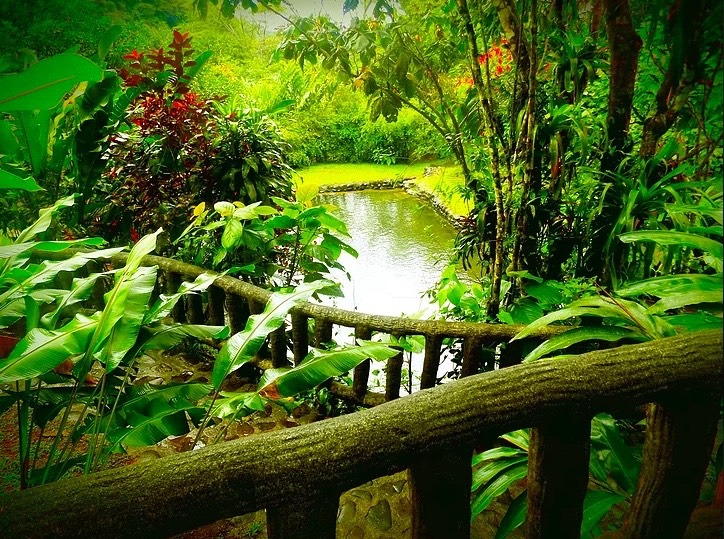
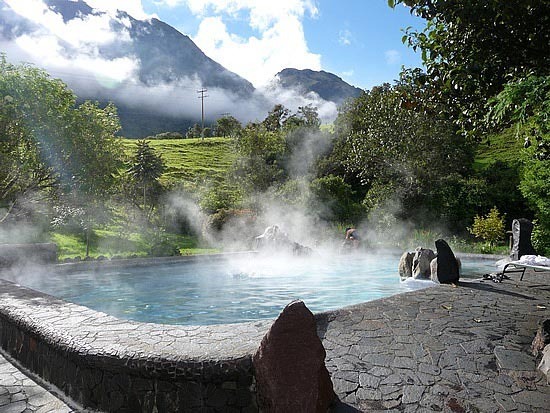
Papallacta Hot Springs and Jungle Hike (or optional Rafting)
Papallacta Hot Springs Resort – soak in the divine thermal pools that range in temperature from frigid to half a dozen varying degrees of steaming. The thermal waters are rich in minerals, sulfates and alkaline, said to provide numerous health and skin benefits.
- Hiking
- Optional rafting or kayaking. Tena is the capital of the Napo province, an attractive and quiet city in the Ecuadorean lowlands.
- Because of its location close to the Andean foothills, Tena has emerged as one of the top spots in Ecuador to go whitewater rafting or kayaking.
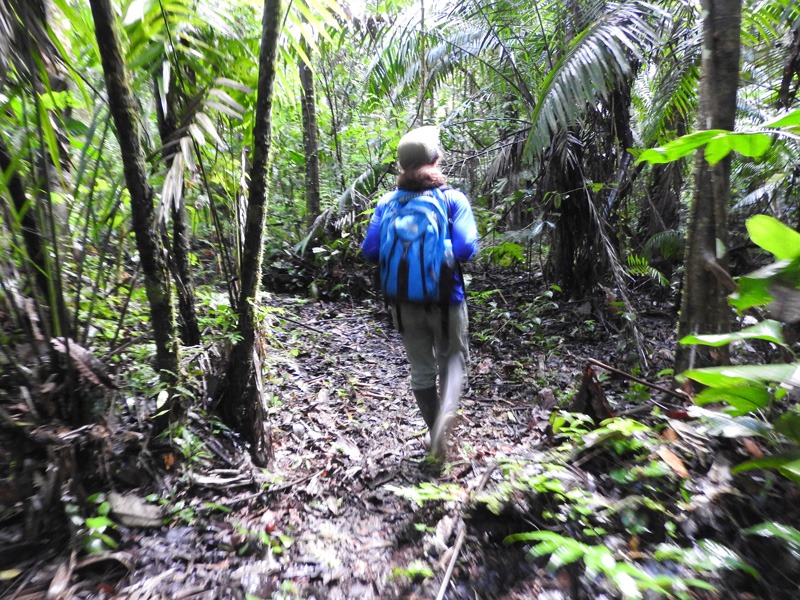
Mindo
Mindo (also known as the Mindo Valley) is a mountainous watershed in the western slopes of the Andes, where two of the most biologically diverse ecoregions in the world meet: the Chocoan lowlands and the Tropical Andes. In this transitional area, which covers an area of 103 sq miles and ranges from 3,150–11,290 ft above sea level. There are three rivers (Mindo, Saloya and Cinto) and hundreds of streams to irrigate the landscape, which is a patchwork of cloud forests, secondary forests, agricultural land, and human settlements.
- Hiking
- Waterfall visit
- Artisanal chocolate tour
Otavalo
Otavalo’s beauty lies in its people and surroundings, the Otavaleños and the towering volcanoes that surround the Andean town.
The Otavalo Market, which makes this market town famous, is undoubtedly one of the most important and spectacular markets in all of
Latin America. The Otavalo market is attractive to visitors for both its outstanding shopping and its cultural significance. Local people use market day much the way their ancestors did during Ecuador’s pre-Colombian history. The Otavalo market is a fascinating way to experience traditional Ecuadorian culture and the traditions of the Andes.
By 6am, with the sun rising and the mountains casting improbable shadows over the town, the market is already alive with squealing pigs and clucking chickens. By the time the sun clears the volcanoes at 6:30am, much of the day’s business has already been done, and it’s time to head back into town to the artisan market.
- Cuicocha lake boat
- Peguche waterfall
Quilotoa
When the Quilotoa volcano last erupted in 1280, it left behind a gaping caldera 3 kilometers (1.8 miles) across, which is now filled with brilliant turquoise water. The word “quilotoa” comes from the local Quechua language, a group native to the central Andes region. At an elevation of around 12,467 to 12,795 feet, Ecuador’s Laguna Quilotoa is tucked within a rugged countryside, criss-crossed with well-worn hiking trails crawling all over the Andes mountain. The area is still home to many indigenous peoples, who make their living farming on the land much as they have for thousands of years.
The tiny town of Quilotoa sits nearby to the lake’s southwest, and is the best place to view the lake and begin the hike around its rim.
The hike along the rim of the crater is about 4.7 miles, offering four or five hours of views down into the deep lake.

Contact us today, so we can start developing a custom travel opportunity for your organization.

